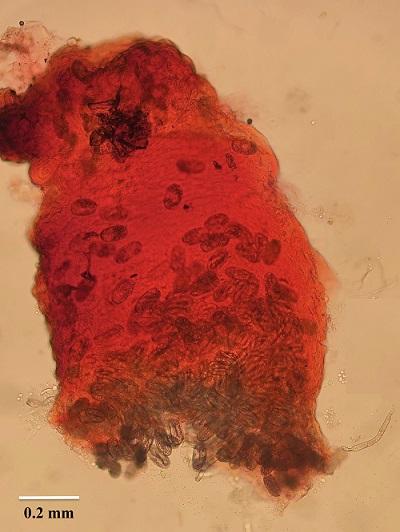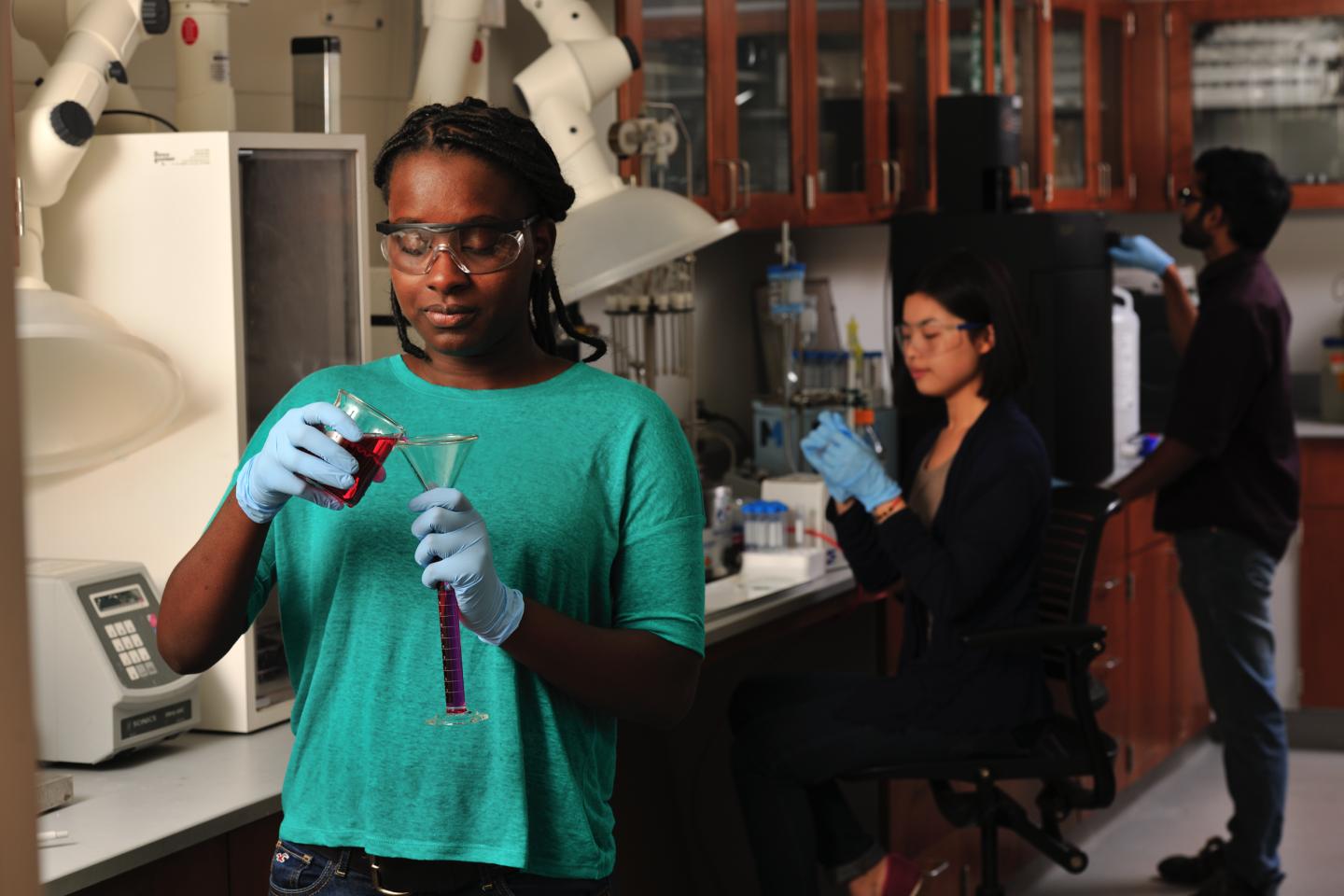
Credit: Cesar Valencia
Texas A&M University scientists found that a surprising number of fungi naturally associated with cultivated cotton were capable of curtailing the negative effects of a plant parasite known as the Southern root knot nematode, an economically damaging pest of cotton with the ability to significantly reduce yields. These fungi live in the soil or even inside of the cotton plants themselves but their effects on plant health have been mostly overlooked.
Gregory Sword and colleagues at Texas A&M University inoculated cotton seeds with a diverse array of fungal isolates and tested the resulting seedlings in greenhouse trials for susceptibility to gall formation by root knot nematodes. A majority (77 percent) of the fungal treatments reduced galling and these reductions were highly repeatable across independent trials.
“Our findings indicate that many fungi associated with cotton may have previously unappreciated positive effects on plant health and tolerance to stressors,” said Sword. “Our research provides a rich pool of candidate fungi for further testing as potential biological tools for root knot nematode management in cotton and other plants.”
Taxonomy was not a reliable predictor of the fungal effects, according to Sword. Isolates of the same fungal species had contrasting efforts, as some isolates increased galling while others decreased it.
While this study primarily draws on microbiology, nematology, and plant pathology, Gregory Sword, who started the research, is an insect ecologist with no formal training in those fields.
“The study is an example of multidisciplinary collaboration coming together to conduct a project that otherwise would not have been possible,” Sword said. “It’s also an example of not being afraid to think outside the box. Lots of people were skeptical at first when I started this research, including some of the co-authors who went on to become very important collaborators!”
Sword first worked with fungal endophytes at the University of Sydney. He accepted a position at Texas A&M University to work on cotton and immediately began compiling a fungal endophyte collection from cotton grown around the state. He used this data to see if he could find fungi that might have a negative effect on insects when inoculated back to the plant.
“The most surprising outcome has been the large number of isolates that we’ve found so far that have positive effects on plants when they are challenged with a range of biotic and abiotic stressors, including nematodes as we show in the current study,” said Sword. “The work even captured the interest of an industry partner that licensed my entire endophyte library for commercial product development.”
###
For more information about this research, read “Tapping Into the Cotton Fungal Phytobiome for Novel Nematode Biological Control Tools” published in the March issue of Phytobiomes Journal.
Media Contact
Ashley Bergman Carlin
[email protected]
Related Journal Article
http://dx.





